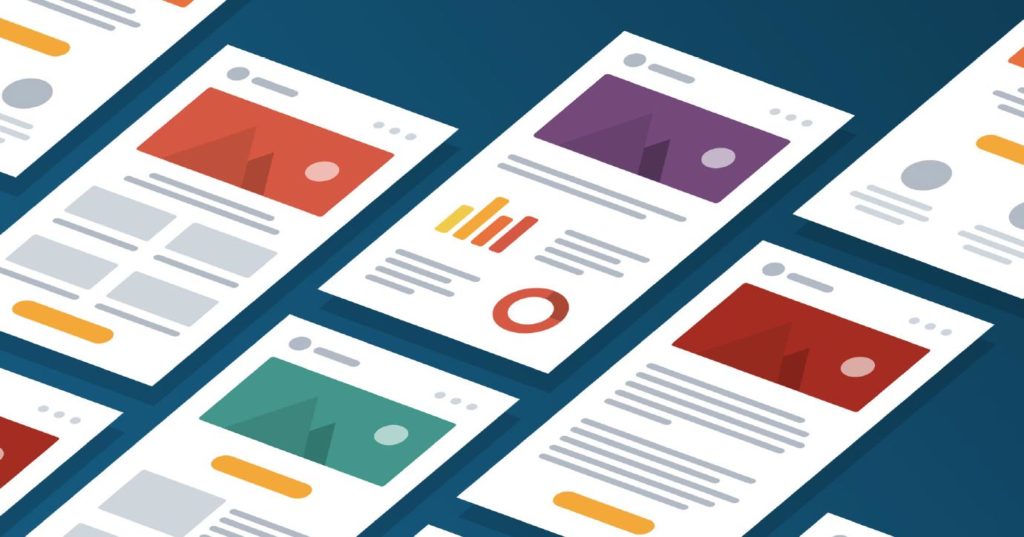3 Steps You Must Have In Your Email Campaign Planning Template for Success [Free Template]
Every marketing email your brand sends should have a clear purpose and a sound strategy behind it. Sounds simple, right? As much as we may have this in mind, there are a number of forces working against marketers from achieving this.
Using an email campaign planning template is a powerful solution to these problems. And it helps you get more out of your email campaigns to drive success in your overall marketing strategy.
In this post, we’ll walk you through the what, why, and how of using an email campaign planning template:
- What is an email campaign planning template?
- Why should you use an email campaign planning template?
- How to create a good email campaign planning template
 | Keep your team on track Use an email campaign planning template to ensure an email’s goal, messaging, audience, and timing are clear—from inception to execution. Prevent your emails from getting lost in translation, and stay on track with your initial purpose and strategy. |
What is an email campaign planning template?
An email campaign planning template should outline the email’s goals, audience, messaging, timing, key performance indicators (KPIs), and other important details, acting as a compass for an email as it goes through the production process. Think of it as your North Star—it keeps stakeholders informed early on and helps the entire team stay on the same page.
Why you should use an email campaign planning template
Should you use an email campaign planning template? The short answer is: Yes! Here’s why.
Keep stakeholders on the same page
Using an email campaign planning template and sharing it with all stakeholders during the conception stage of an email ensures that everyone agrees on the purpose and plan for the email. This prevents the hassle of back-and-forth feedback in the review process and last-minute changes. Ultimately, this saves you and your team time (and headaches).
Guide your team in the right direction
Having a centralized place (where campaign goals, KPIs, timelines, and other key information live) is valuable for all email marketing programs—especially if yours is high volume, has a large team, or works with many stakeholders. In particular, they’re essential for agencies who need to give clear guidance on the scope of the emails they’re creating for their clients.
Email copywriters, designers, and developers can refer back to an email campaign planning template to ensure what they’re doing is appropriate and that there’s no scope creep. Then—at the end of the process—the final email is checked against the template to see if what was delivered is what was asked for.
How to create a good email campaign planning template
Creating an email campaign planning template doesn’t have to take a long time. In fact, we’ve created one for you to help you get started!
You can speed up that process by pre-filling portions of your planning template for a routine email—such as a monthly newsletter—that might always have the same audience and goals, for instance.
A good template will be catered to your team’s unique needs, but we recommend you include the following:
- Primary information
- Timeline and due dates
- Assets
1. Primary information
To get to the heart of your email, you must answer these seven, key questions. If you can’t answer one of them, it’s best not to proceed with the email until you reconnect with your team and get the answers to these crucial questions.
- Email send date and time e.g. 1/1/2011 1:00 PM
- Owner: Who is the primary owner of this email?
- Type of email: What category of email is this? Is it a newsletter, promotional, transactional, operational, onboarding, or nurture email?
- Target audience: Who will this email be sent to?
- Goal: What is the primary goal?
- KPIs: What KPIs will tell you whether this email has achieved its goal?
- Email template: Which existing email template will you use? Or do you need to create a new one?
2. Timeline and due dates
List out your due dates to keep everyone on track. Here are six important facets to consider:
- Copy and content: When is email copy and content due?
- Design: When is email design due?
- Build: When does the email need to be built by?
- Quality assurance (QA): When should the email be fully QA’d by?
- Proof: When do stakeholders need to proof the email by?
- Reporting & analysis: When does post-send reporting need to be completed?
3. Assets
Make sure to include a link so team members and stakeholders can easily access what they need, when they need to.
- Copy and content doc: Link to the copy document
- Design file: Link to the design document
- Build file: Include a link to the email build file
- ESP/MAP location: Include a link to where the email lives in your ESP or MAP
- UTM code: What UTM tracking code will be included?
Get your free email campaign planning template
Organize your email workflow with an email campaign planning template to give you, your team, and all other stakeholders clarity as the email makes its way from production to your subscribers’ inboxes—all with your goals in mind.
Time to put everything in action!
DOWNLOAD YOUR FREE EMAIL CAMPAIGN PLANNING TEMPLATE →
Originally published on September 15, 2018, by Chad S. White. Last updated March 7, 2023.

Kimberly Huang
Kimberly Huang is a Content Marketing Manager at Litmus
